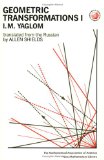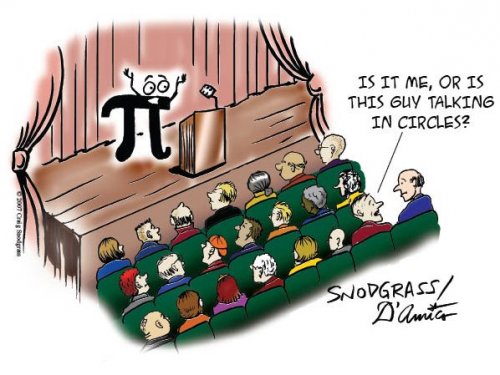Ringamatics
Inspired by Michael Huber, who in his new book Mythematics combines math problems with Greek myths, I invented my first logic puzzle. Unlike Huber, I never had any ambition to help Hercules, but I always wanted to assist Frodo.
The day was passing towards sunset when the Company finally caught a long-awaited gleam of water, from which sparkled flickers of sunlight. As they quietly drew nearer, they laid their eyes on the next obstacle — a river that they had to transverse. The Company was footsore and tired and the hobbits were starving. But they couldn’t rest yet. They needed to collect materials with which to construct their raft before it became too dark. By nightfall they managed to build a tiny raft, and eagerly started their supper.
They couldn’t wait until dawn to build more rafts, for they needed to cross the river now. So while they rested, Aragorn smoked his pipe and began to contrive a plan.
Aragorn was in charge and there were eight of them. The four hobbits — Frodo, Sam, Merry and Pippin — were not very useful in battle. However, the four strong fighters — Aragorn, Gimli, Legolas and Boromir, who were sworn to protect the ring-bearer Frodo — were the best in the land.
The small raft they had built would not hold a lot of weight. Aragorn and Boromir were the heaviest. Gimli was short, but together with his armor he weighed as much as either Aragorn or Boromir. Each one of these three heaviest warriors was close to the raft’s maximum capacity, so they had to each be alone on the raft while crossing the river. Among the strong fighters, only Legolas was able to cross the river with a hobbit. The raft could also accommodate two hobbits.
Weight was not Aragorn’s only consideration: the current was dangerously fast. All the strong men could row, but among the hobbits, only Sam was strong enough to row against such a swift current.
Aragorn also worried about the orcs, who were roaming on both sides of the river. He didn’t want to leave any hobbit(s) alone on a riverside, without the safeguard of a strong fighter. Because he was the ring-bearer, Frodo needed extra protection. Aragorn wanted Frodo to be accompanied by at least two strong men. But lately Boromir had become restless when he was around the ring and Aragorn couldn’t count on him to look after Frodo. That is, while on the riverside, Frodo’s protection had to come from two out of the three remaining strong men: Aragorn, Legolas and Gimli.
Can you help Aragorn design a plan to cross the river?
Share: As text recognition software becomes better and better, these CAPTCHAs become more and more difficult to read by a human. The last time I tried to login, I was only able to type the right word on my fourth try. Very soon computers will be better than humans at parsing CAPTCHAs. Humans are loosing the race on visual methods like this one.
As text recognition software becomes better and better, these CAPTCHAs become more and more difficult to read by a human. The last time I tried to login, I was only able to type the right word on my fourth try. Very soon computers will be better than humans at parsing CAPTCHAs. Humans are loosing the race on visual methods like this one. In my days of competing in math, I met guys who could solve any geometry problem by using coordinates: first they would assign variables to represent coordinates of different points, then they would write and solve a set of equations. It seemed so boring. Besides, this approach doesn’t provide us with any new insight into geometry.
In my days of competing in math, I met guys who could solve any geometry problem by using coordinates: first they would assign variables to represent coordinates of different points, then they would write and solve a set of equations. It seemed so boring. Besides, this approach doesn’t provide us with any new insight into geometry.
 I added my favorite webcomics from
I added my favorite webcomics from 